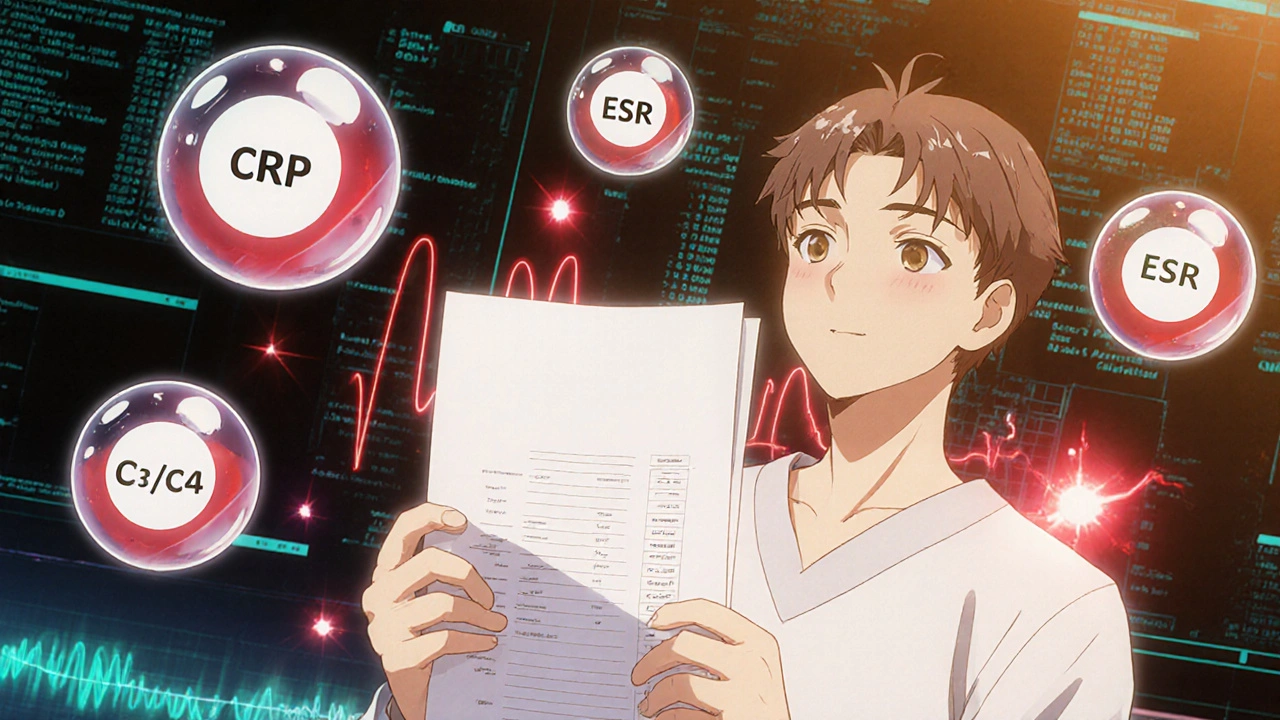ANA Test: What It Is, Why It's Done, and What Results Mean
When your doctor orders an ANA test, a blood test that looks for antinuclear antibodies that attack your own cells. Also known as antinuclear antibody test, it's one of the first tools doctors use when they suspect an autoimmune disease—a condition where your immune system mistakenly attacks healthy tissue. This isn't a standalone diagnosis. A positive ANA result doesn't mean you have lupus or another illness. It just means your body is making antibodies that could be linked to one.
The antinuclear antibody is like a red flag, not a final verdict. Many healthy people—up to 15%—have a low-positive ANA without any disease. That’s why doctors don’t stop at this test. They look at your symptoms: joint pain, rashes, fatigue, mouth sores, or unexplained fevers. They combine the ANA result with other tests like anti-dsDNA, ENA panels, or rheumatoid factor. For example, if you have a positive ANA plus a butterfly-shaped rash across your cheeks, that’s a stronger signal for lupus. If you have joint swelling and morning stiffness along with a positive ANA, rheumatoid arthritis might be the focus.
What you won’t find in a simple ANA report is a clear answer. The pattern (homogeneous, speckled, nucleolar) and titer (1:40, 1:160, etc.) matter, but they’re just clues. A high titer doesn’t always mean worse disease. A low titer doesn’t mean it’s harmless. It’s all about context. That’s why so many posts here talk about connecting dots—like how ANA test results interact with other markers, how medications can affect them, or why some people get false positives after infections or even aging.
What you’ll find in the posts below is real-world insight: how this test fits into the bigger picture of diagnosing chronic illness, why it’s often misunderstood, and how people navigate the uncertainty after getting a positive result. You’ll see how it ties into medication safety, supplement risks, and the hidden links between autoimmune conditions and other health issues like thyroid problems or nerve damage. No fluff. No guesswork. Just what matters when you’re trying to understand what your body is telling you.

